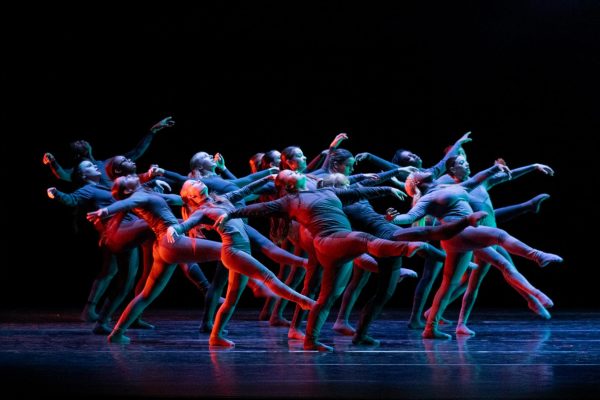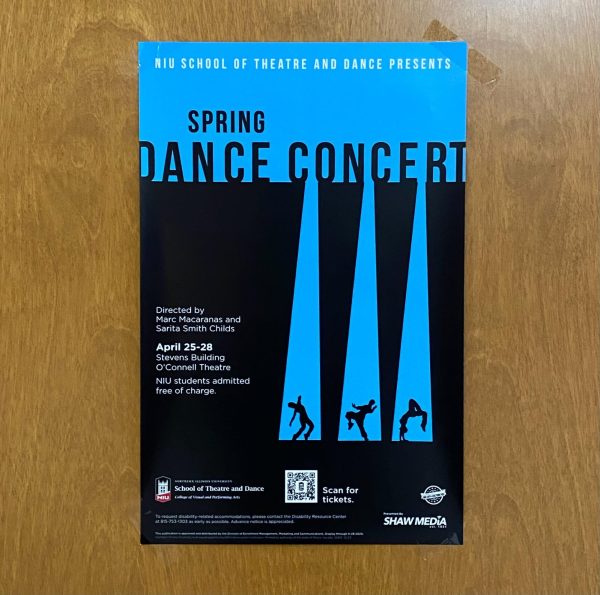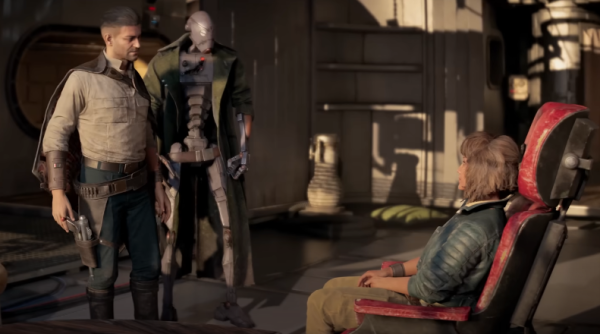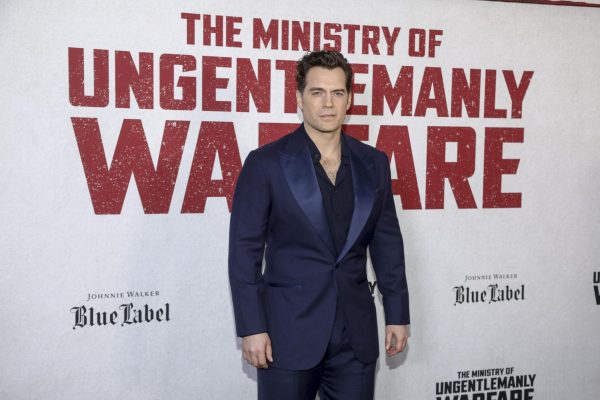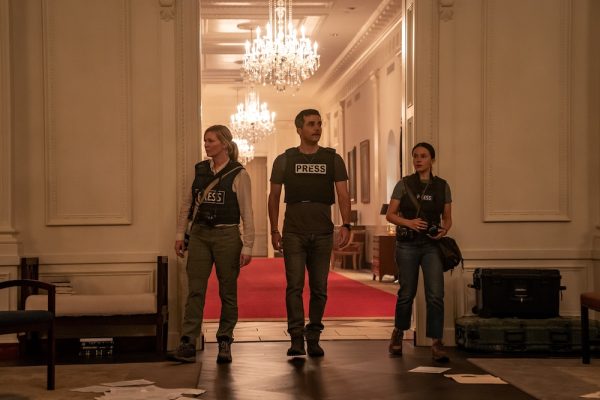‘The Goldfinch’ entices viewers
September 17, 2019
“The Goldfinch,” a film adaptation of the book, hit theaters Sept. 13. While it didn’t do too well in its opening weekend, it made a great attempt to live up to the award winning novel, and it, too, seems worthy of an award. It portrayed a spectacular story and is one of the best films of 2019, so far.
The Pulitzer Prize winning book is written by Donna Tartt. It follows the journey of a boy named Theo, played by Oakes Fegley as a child and Ansel Elgort as an adult, through childhood and early adulthood after losing both parents to tragic events. A bomb hit the museum he was visiting with his mom, played by Haley Wist. He lost her, but he survives. His father, played by Luke Wilson, on the other hand, died shortly after in a car crash.
While he was walking in the rubble to find other surviving life, Theo passed a man on the ground who told Theo to come close. He handed Theo a famous painting, the only piece of art that endured the bomb and remained intact: the Goldfinch. Theo keeps this painting close all throughout life.
One of the only things Theo had left of his mom were her emerald earrings, besides the painting that reminded him of his last moments with her. There was recurring symbolism following these earrings throughout the film. The camera follows the earring from the inside of the container to Theo’s hands where he studied it. One day he finds it in his dad’s girlfriend’s jewelry box, where he takes it back only to give it to his fiancé, Kitsey, played by Willa Fitzgerald, as a token of his love.
This earring acted as a companion. Like Theo, it was caressed by the hands of those who would later use their fists and betray him, and by people who stole from him.
The camera cleverly followed this inanimate object to create a sense of personification. There were unspoken ties to this earring which the camera communicated, allowing the audience to also understand this bond and the depth of handing the earring to another person.
The cinematography overall was almost dreamlike. An hour into the movie, Theo and his friend Borris, played by Finn Wolfhard as a child and Aneurin Barnard as an adult, lay next to the pool revealing their deepest, darkest secret. After this emotional scene, eliciting a love and appreciation for these characters’ dynamic from the audience, the screen fills with a blank sky.
Borris, in cannon ball position, fills the sky. He splashes into the pool and the water swallows the camera.
This little snippet of well-done cinematography emulates the impact of Borris in Theo’s life. This scene shows Borris jumping in the deep end, perhaps representing the way he’s jumping into and swimming freely in Theo’s deeply rooted issues without judgement.
Later, the audience sees the ripple Borris creates in Theo’s life, so this execution of cinematography did an efficient job at foreshadowing.
While the techniques in this film were exceptional, some plot points were rushed, especially towards the end when Borris and Theo fought to get the Goldfinch painting back. Suddenly the two were in a restaurant, at gunpoint and fighting to the death to get the brown briefcase containing the immortal painting.
Rushing such an intense scene lost the audience. How Boris and Theo ended up in that situation was clear, but the characters they were up against lacked clarity, so understanding the intensity of the conflict became difficult.
The film was not as successful as viewers expected. It earned $3.6 million worldwide in its first weekend, according to the box office, and it most likely had to do with the holes in the plot. The book is comprised of 800 pages, making it a difficult task to condense a complex and lengthy novel into a 2 hour and 30 minute film.
Typically, film-goers choose a more lighthearted, shorter film, so the length could explain why not many people saw it too; however, the film itself, despite its drawbacks, beautifully followed complex characters and the risk they took to get the immortal painting back.


